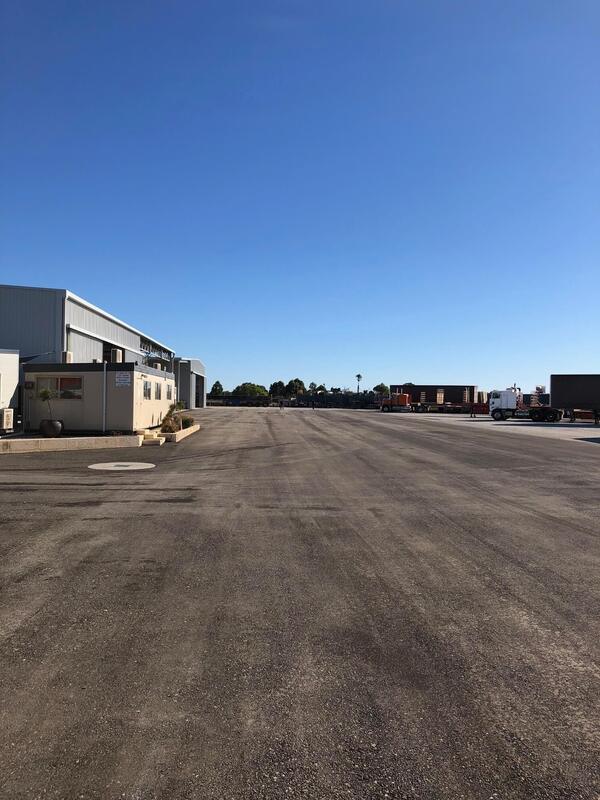Introduction: Properly grading sports fields and playgrounds is crucial for maintaining safety, usability, and optimal playing conditions. At Camberwell Road Tech, we understand the importance of effective grading techniques tailored to sports and recreational areas. Here’s a comprehensive guide to grading techniques that enhance performance and safety.
Importance of Proper Grading
- Surface Drainage: Proper grading facilitates efficient water drainage, preventing waterlogging and muddy conditions that can disrupt games and play.
- Safety: Smooth and even surfaces reduce the risk of trips, falls, and injuries, ensuring a safer environment for players and children.
- Optimal Performance: Well-graded fields provide consistent ball roll and bounce, which is essential for sports like football, rugby, and tennis and enhances gameplay quality.
Essential Grading Techniques
- Initial Site Assessment: Assess the site’s natural drainage patterns and soil composition to determine the best grading approach.
- Surface Leveling: Use grading equipment to level the surface, removing bumps and depressions that could affect playability.
- Slope and Contour Creation: Establish gentle slopes and contours to direct surface water away from play areas, preventing water accumulation.
- Crowning: Crown the playing surface slightly to encourage water drainage towards the edges, ensuring a drier and safer field.
- Subsurface Grading: To manage water beneath the surface, consider subsurface drainage solutions, such as installing French drains or permeable aggregates.
Seasonal Considerations
- Spring and Summer: Prepare fields for increased use by ensuring proper drainage and maintaining turf health through regular mowing and irrigation.
- Autumn: Conduct post-season assessments and repairs to address wear and tear, preparing fields for winter weather.
- Winter: Monitor and manage surface conditions to prevent waterlogging and maintain playability during wet and cold periods.
Sustainable Practices
- Grass Species Selection: Choose drought-resistant and hard-wearing grass species suitable for sports fields, reducing the need for excessive watering and maintenance.
- Organic Amendments: Incorporate organic matter into the soil to improve structure and nutrient retention, promoting healthier turf growth.
- Water Conservation: To minimise water usage, implement water-saving techniques, such as efficient irrigation systems and rainwater harvesting.
Maintenance Tips
- Regular Inspections: Conduct regular inspections to promptly identify and address grading issues, preventing deterioration of playing surfaces.
- Aeration: Periodically aerate the soil to alleviate compaction and improve water infiltration, maintaining turf health and playability.
- Professional Services: Engage professional grading and maintenance services to ensure expert care and optimal performance of sports fields and playgrounds.
Conclusion: Effective grading techniques are essential for creating safe, functional, high-performance sports fields and playgrounds.
Call us on: 03 9068 7895
Click here to find out more about Camberwell Road Tech
Click here to complete our contact form and see how we can help you with your road needs.

